An Open Letter to the F.E.I. – Something Is Rotten in the State of D[ressage]
It is no secret that the equestrian world since the EM 2015 in Aachen has been hit by a tsunami whose effects won’t ebb quickly. Since the 1990s, horse sports have shifted from an attitude that showcases the horse to one that is all about the rider made look good by his fancy string of horses.
Aachen made it amply clear… horses are paying the price. This is unacceptable. Lack of horsemanship issues that also affected show jumping competitions and reining became most obvious in dressage.
Yes, Aachen 2015 also showed positive trends. More trainers and riders are becoming aware of the issues and are dedicating more time to slowly and carefully develop their gifted horses.
All the while, the public is split between those seeking show-hype and those who reject undue stress on the horses. Entertainment seekers versus genuine horse lovers are setting fronts on the social media scene.
Like a sore thumb certain riders and training yards stand out that employ training shortcuts to show „tricks“ without developing their horses‘ physical and mental strength. Yet (as long as they are admitted to international competition on fear-driven, manhandled, mechanically trained mounts) their disregard of their horses may continue to reward them with high placings and medals attained under duress. Their presentations simply appear as more glamorous… no considerations to the shortened show careers of their horses.
Something is wrong in the dressage ring when there are so many horses who cannot stand still or can barely be controlled, horses show split diagonals, irregular left or right leg lifts, uneven engagement, noses behind the vertical. Yet, judges reward them with sufficient marks as subtle, obedient dressage mounts…
Something is wrong when horses are worked in the warm-up ring in LDR/hyperflexion (even the 10 minutes allotted by the FEI are unacceptable!), or shown in the reining arena with noses pulled back to their chest…
Something is also clearly wrong in a horse-rider partnership when a jumper horse refuses entry into the ring time and time again, and during its temper tantrums can barely be approached by its groom to lead it into the competition arena for their medal winning ride…
Have you ever considered that LDR/hyperflexion has not become an issue in eventing nor in driving? This approach simply doesn’t produce easier to handle horses. In fact, it would be too dangerous for horses and riders/drivers to attempt a cross-country or marathon course with hyperflexion trained horses literally butting their heads against a fence.
Founded in 1921, all along (on paper) one of the FEI’s prime mandates was to protect horses from doping and abuse. Indeed, great progress has been made with regards to doping, but not on abuse.
However, there is more that the FEI can do. Meetings and talks are cheap. All too often, national or personal interests of the participants interfere with solutions. In view of the planned dressage committee meeting this coming week, new approaches and bylaw changes ought to be introduced such as suggested in the following:
A) Veterinary Inspections
Starting with the mandatory veterinary inspections is probably the easiest place to make a positive change towards the protection of the horses.
With today’s new technique of veterinary thermography becoming more widely available we have a reliable tool on hand to inexpensively and immediately pinpoint acute and chronic inflammations in the musculoskeletal structure of a horse. – An injury such as active periostitis of a lower leg structure (e.g. case Totilas) would have been recognized during such a scan and could have been referred for further investigation or elimination prior to the horse’s participation.
The FEI, as part of Veterinary Inspection Bylaw changes, should require a mandatory „Portable Thermography Scan“ prior to the trot in hand. It would assess:
• overall scan of front, lateral left and right, and rear views to indicate absence or levels of soft tissue inflammation
• lateral left and right lower jaw, TMJ, and atlanto-occipital areas
• lateral left and right C1-C7 neck vertebrae
• wither and saddle area
• SI, buttock and stifle areas
• all legs from anterior, posterior, lateral and medial aspects with emphasis on elbows, knees/hocks, cannon bones, fetlocks, pasterns, and hooves
• any potential questionable areas indicated by the initial overall scan.
The veterinary committee would be entrusted with the task to develop an universally acceptable key as to what findings will pass, require follow-up, or disqualify.
The demand for these thermography scans as „Step 1 of the Veterinary Inspection“ would force the riders to bring horses along in a way that does not cause them longterm bodily harm, and to only present horses for competition they know to be „sound and right“.
Will such veterinary weeding out of horses that suffer from chronic or acute training inflammation reduce the number of show participants? Very likely, it will. – The dressage judges won’t be unhappy about a reduction in numbers of participants as they are presently faced with sheer inhuman requirements on their concentration, acuity, and focus over unending hours and, at times, in inclement weather.
Will fewer competitors damage the sport? Here the answer is an emphatical „No!“. The overall quality of the competitions will improve with better horse/rider representation of their sponsors and more streamlined competition for the available price moneys.
Such a phase of leanness at the top international levels would last likely no more than four to six years. There is a huge present depth of talented 5 to 8 year olds, whose sound competition future would be directly ensured as a consequence to the above described change to the veterinary inspection procedure.
These up-and-coming horses soon would provide us with a larger field of more exciting and sound international competition horses that will have a longer life and performance expectancy in the show ring and thus provide greater public and media draw.
B) Show Organizers / Announcers
There also is much that each show organizer and announcer can do. This too could be an easy fix. It occurred to me recently watching LIVE internet transmissions from the CSI in St. Moritz… In Switzerland, where I grew up, it is common to announce first the Horse, followed by information on its gender, age, breeding and breeder if known. Only then a „ridden by“, „presented by“, etc. introduces its rider. Clearly, the emphasiz is on the horse.
An FEI Bylaw change could require a mandatory announcement structure of horse name along with background information such as age, gender, breed, sire and dam, as well as breeder. This would then be followed by the name and nationality of the rider along with potential additional information. – Sadly, at this point, in many FEI competitions in other countries, the glam announcement goes to the rider with an aside of „riding [horse name]“.
Such a simple change, executed internationally, would subtly, but surely start to redirect the public’s attention back on the horse where it belongs. Sponsors should be happy too, since their huge investments in high-calibre horses would attract greater media and public attention. Horses become stars – not riders!
C) Judges and Stewards
We already witness the confusion among the FEI dressage judges between rewarding correctness and proper representation of the FEI requirements versus punishing mechanically trained trick riding.
At this time, few of the judges remain active who have grown up in the old traditions of correct schooling. For instance, traditional dressage nations such as Switzerland do not even have a dressage judge on the FEI list.
So, to turn around the muddled marking strategies and mishaps of today’s‘ judges, and to reward true horsemanship over circus short-cuts at the detriment of the horses, it may take a new generation of judges who are no longer blindsided by wrongly but fault free ridden movements.
In this sense I have three major recommendations as changes to the present FEI policy for the appointment or upgrading of judges:
1) Background Qualifications: There will be few really good judges unless they have been top trainers (with former students and/or horses in international competitions), or as a rider have accomplished top rankings with more(!) than one horse, and now have reached their late sixties when they no longer want to be actively in the rider and trainers seat.
2) Age Requirements: What may work for the other disciplines in dressage proves detrimental. Unfortunately, the FEI made sure such eminently qualified individuals will never be part of their future jury panels. No longer are applicants allowed to become FEI judges once they turn 55 (the prime of many good riders and trainers). Worse, the experienced judges must retire from FEI judging at age 70. Together, these two age rules effectively eliminate a majority of the most capable potential dressage judges.
So, what is the answer? The FEI could reintroduce a Bylaw to up the application age to say 65 years and require candidate FEI judges to have ridden or trained, coached, mentored, etc. several(!) riders and/or horses to FEI levels or to their successful national certification as professional riders.
In addition to moving up the lower age limit, the FEI could push up the upper age limit to a „recommended“ 75 years. That age is not unreasonable for a previously active equestrian – unless s/he is a drinker or on medication. To avoid „judging under the influence“ the FEI could simply introduce random drug testing for judges. Rider and horses are subject to drug testing. So, why shouldn’t judges be?!
3) Eye and Knowledge Schooling: Knowledge is relatively easy to teach and acquire. Yet, few of the present judges have the eye to transfer their learned knowledge into instant scoring. However, creating the eye necessary to spot the issues quickly and reliably is something that can be taught and developed.
As an additional change to the judges‘ requirements I therefore suggest mandatory eye schooling and biomechanics course completion for all candidate FEI judges (as well as for all present dressage and reining judges as part of their continuous education requirements).
Having attended such a course that deals with an in-depth understanding of equine anatomy and biomechanics, and focuses on eye schooling of the judges will help reduce the uncertainty factor and assist judges to become more secure in rendering split second assessments.
In Summary
Media and professionals call for changes in judging. Open judging, even individually visible scoring panels won’t solve eye issues. This open letter shows that the FEI need not focus on dressage judges alone but can make additional, relatively simple changes that reflect today’s changed equestrian environment and may have a huge impact on a healthy future of equestrian sports worldwide.
Rivkah Roth DO, DNM® is a semi-retired former trainer, GP dressage judge, international lecturer and author with doctorates in osteopathy, natural medicine, acupuncture and traditional Chinese medicine. She is the founder and owner of the Natural Medicine and Equiopathy Centre for Prevention-Rehabilitation-Optimization in Switzerland, Israel, and Canada. Over five decades she taught, treated, and worked with many international horses and professional riders of all disciplines. She offers e-courses and classes teaching equine biomechanics, eye schooling, and the fine points of horse-conform dressage training.
Category: Dressur





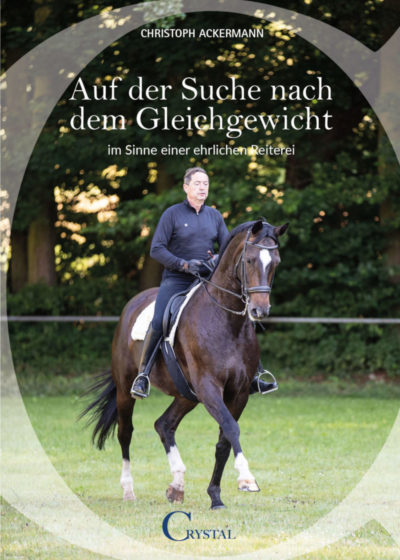
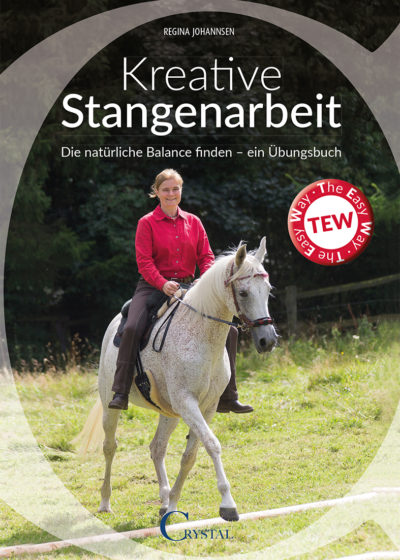
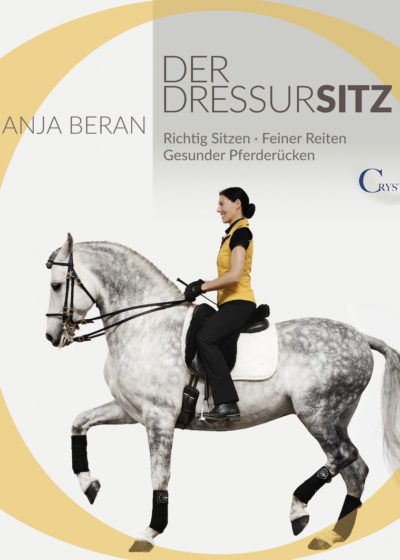
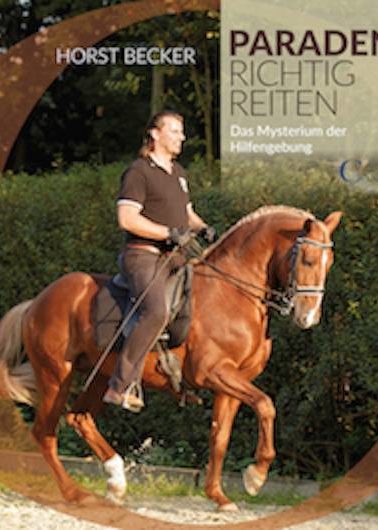
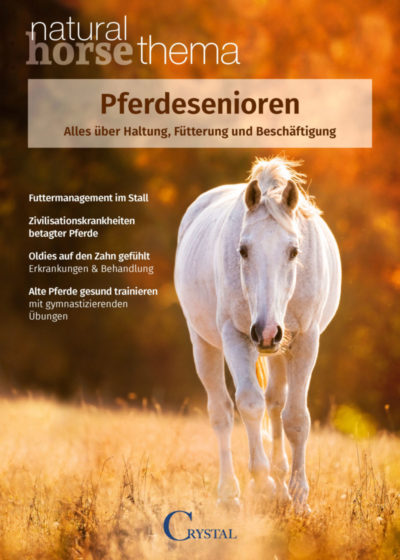
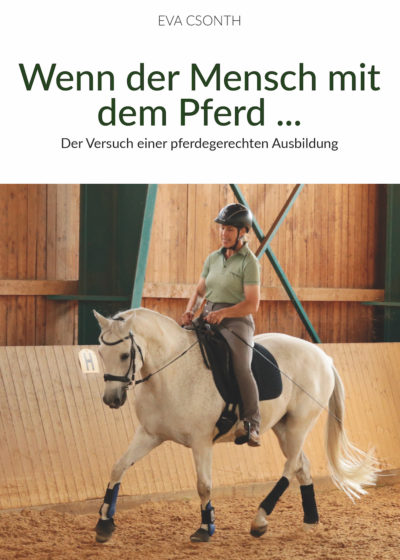
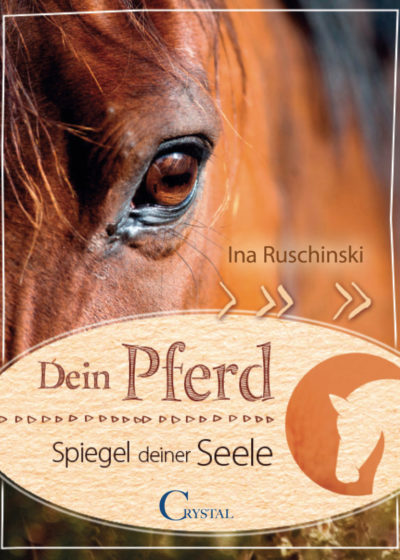

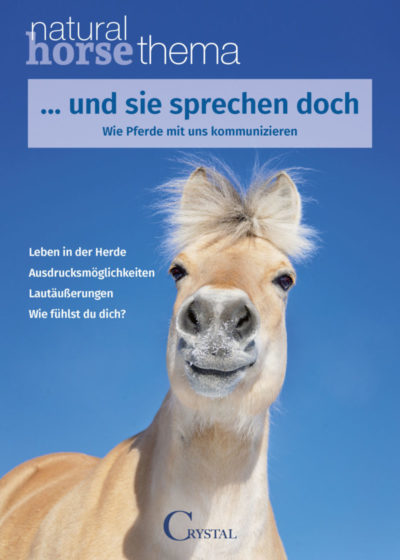
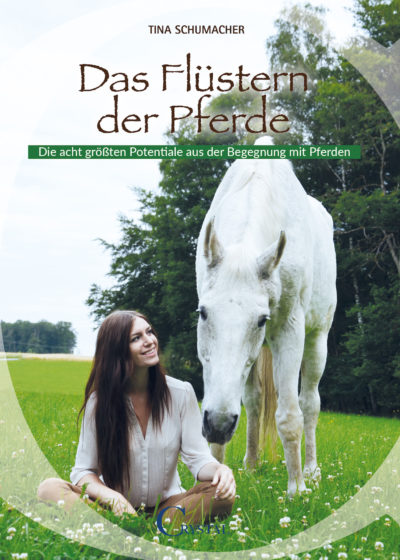
Please let me know if your Feine Hilfen bookazin is available in English
Dear Heather,
unfortunately it is not 🙁 If we publish it in English we will inform everybody on our homepage.
Sincerely,
Claudia